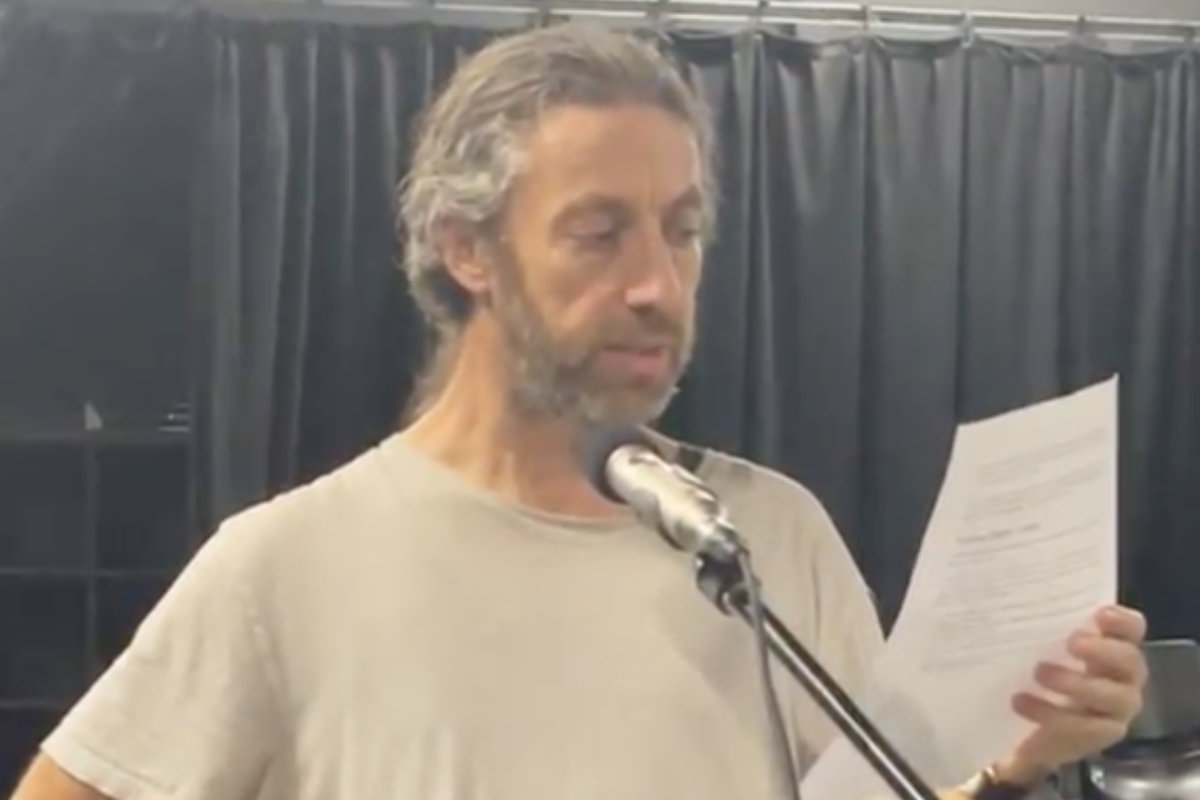Who exactly is the narrator in a place-based listening experience? What purpose does he or she serve? Are they the perfunctory anonymous voice that tells us what to do and where to go? Conversely, are we invested in the narrator as we walk, by dint of their celebrity (Cate Blanchett?) or their assumed authority to the site (Morris, the local cleaner)? Helping make ‘space’ a ‘place’, the unfamiliar now familiar, the narrators play a key role in the situated listening experience. For after we’ve packed up and gone, it’s his or her voice that leaves an enduring stamp on our memory: voices surely make a place.
If the Miles Soundtrails doesn’t have a big-budget narrator— it does have the gentle lilt of performance-poet, Brendan O’Shea. It also has a compelling narrative backbone thanks to Merlene Coates Freeman. If her love for this small town began paradoxically in 1940 after a tragic drowning incident on the Dogwood Creek took the lives of four people, her mother being one of them, Merlene’s not the narrator. Rather, Merlene, remarkable as she is, is the personal touch , helping us understanding how this place ticks and why people are so passionate and loyal towards the town.
Stitching together the words, voices and stories of the Miles Soundtrail, like a single thread, is the voice of Brendan O’Shea.

